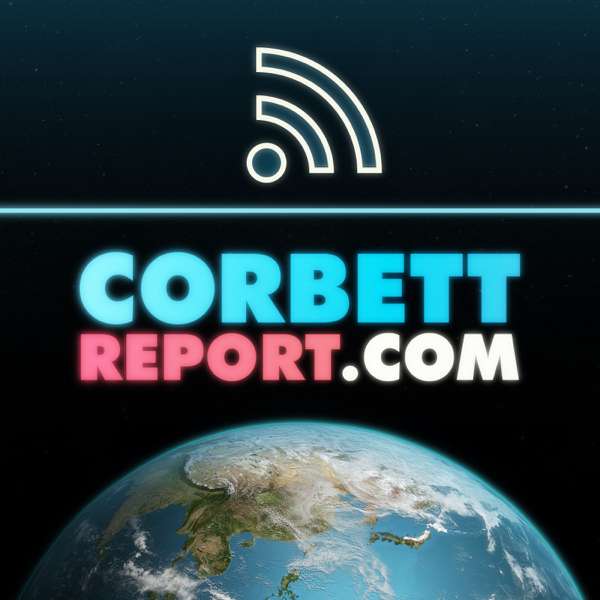Caring for veterans is a job that for the most part falls to family members who, until the moment they start caregiving, have had no prior experience. As well as the physical act of caregiving, these family members suddenly need to become knowledgeable in navigating medical care and interacting with a formidable bureaucracy.
Even though caregivers are a vital link between health systems and everyday life, the traditional caregiving model has cast the caregiver as a secondary stakeholder. Being outside the central loop results in the caregiver being left out of how care is designed, delivered, and improved. While this caregiving model has functioned, with today’s focus on user experience and the technology and data available to drive that change, it seems like an ideal time to explore a different model of care.
In the latest episode of the Clickthrough podcast, brought to you by Maximus, Monica Rosser, Executive Managing Director of Federal Health for Maximus and Steve Schwab, CEO of the Elizabeth Dole Foundation, joined host, Hillary Fredrick to discuss the role of the caregiver and how technology and focus on whole health experience will improve the caregiver experience. A whole-health approach to caregiving is designed to give caregivers great access to services and information driving better outcomes for caregivers and those whom they support.
A whole-health approach to caregiving starts with user-centered design. As Schwab explains in the podcast, user-centered design means involving the caregiver directly and not treating them like a secondary stakeholder. In practice, including caregivers involves creating feedback loops so they can continue to improve all aspects of the caregiving system through surveys, usability testing, and journey mapping.
But there’s so much more to learn about building a whole-health approach to caregiving and supporting our hidden heroes, so why not clickthrough to listen to the podcast?

 Our TOPPODCAST Picks
Our TOPPODCAST Picks  Stay Connected
Stay Connected







